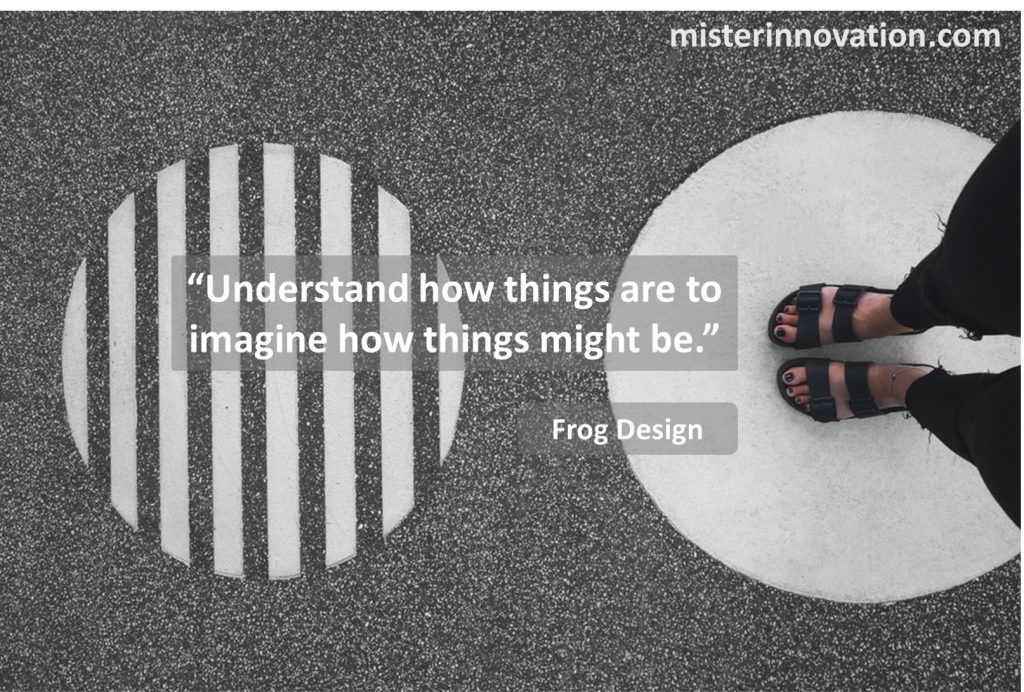 Drum roll please…
Drum roll please…
At the beginning of each month, we will profile the ten articles from the previous month that generated the most traffic to Human-Centered Change & Innovation. Did your favorite make the cut?
But enough delay, here are February’s ten most popular innovation posts:
- Will Innovation Management Leverage AI in the Future? — by Jesse Nieminen
- 4 Simple Steps to Becoming Your Own Futurist — by Braden Kelley
- Master the Customer Hierarchy of Needs – Embrace Customer Expectations — by Shep Hyken
- Science Fiction Becomes Innovation Reality This Way — by Greg Satell
- Are You Engaging in Innovation Theater? — by Mike Shipulski
- Innovation the Star of the 2024 NBA All-Star Game — by Braden Kelley
- This One Word Will Transform Your Approach to Innovation — by Robyn Bolton
- Announcing the Second Edition of Charting Change — by Braden Kelley
- Resistance to Innovation – What if electric cars came first? — by Dennis Stauffer
- Goals Are Not the Goal — by Mike Shipulski
BONUS – Here are five more strong articles published in January that continue to resonate with people:
- Top 100 Innovation and Transformation Articles of 2023 — Curated by Braden Kelley
- Five Simple Things Great Leaders Do — by David Burkus
- Thought Sparks – Episodic Innovation — by Rita McGrath
- Pathways to Scale — by John Bessant
- Transformation is a Journey Not a Destination — by Greg Satell
If you’re not familiar with Human-Centered Change & Innovation, we publish 4-7 new articles every week built around innovation and transformation insights from our roster of contributing authors and ad hoc submissions from community members. Get the articles right in your Facebook, Twitter or Linkedin feeds too!
Have something to contribute?
Human-Centered Change & Innovation is open to contributions from any and all innovation and transformation professionals out there (practitioners, professors, researchers, consultants, authors, etc.) who have valuable human-centered change and innovation insights to share with everyone for the greater good. If you’d like to contribute, please contact me.
P.S. Here are our Top 40 Innovation Bloggers lists from the last four years:
- Top 40 Innovation Bloggers of 2020
- Top 40 Innovation Bloggers of 2021
- Top 40 Innovation Bloggers of 2022
- Top 40 Innovation Bloggers of 2023
![]() Sign up here to get Human-Centered Change & Innovation Weekly delivered to your inbox every week.
Sign up here to get Human-Centered Change & Innovation Weekly delivered to your inbox every week.

